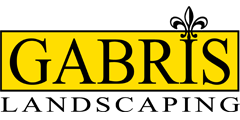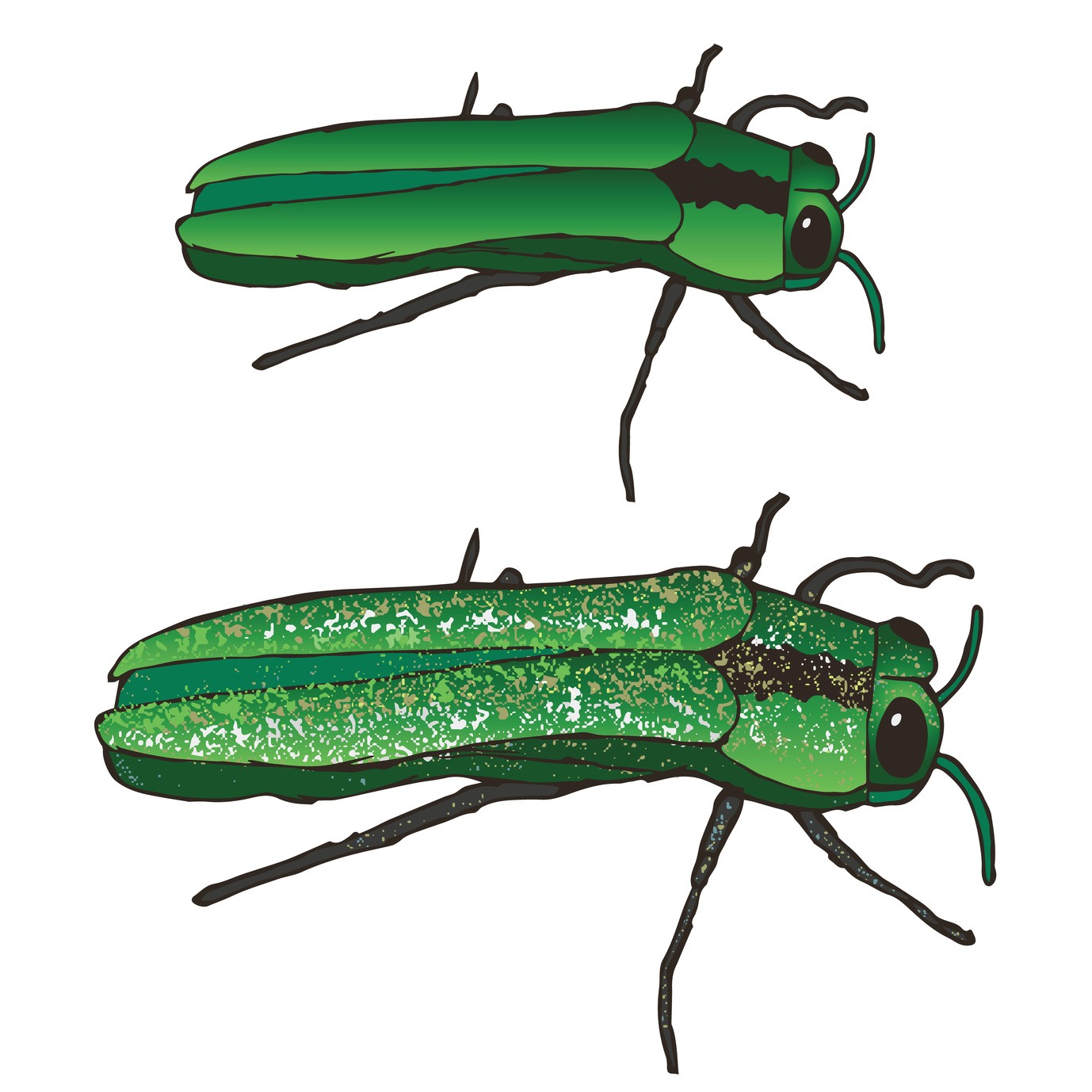How to Pick a Healthy Plant – Yard Pest Control Springfield MO
Before going out and finding the perfect plant for you, it is good to know that, since plants can be expensive and temperamental, some plants might not work for your landscape or they might not be in season yet. Even the fully developed plants can develop problems quickly, such a yard pest control problems, diseases and damages done, but knowing how to tell if a plant is healthy may solve future problems.
Selecting A Healthy Plant
The first step before selecting a plant for your landscape, is understanding the signs of a healthy and unhealthy plant. Looking at all of the plants parts will tell you if there are any problems, and you should start with looking at the leaves. Next you should look at the growth of foliage, then disease and pests issues and finally with the roots. Here at Gabris Landscaping we can help you with any of your landscaping needs, anywhere from starting from scratch with a new house, to a yard pest control problem, to planting a new tree or shrub.
Growth of Foliage
Healthy plant growth will indicate a healthy plant. Most plants, with some exceptions including plants with multi-colored leaves, should have green leaves with even color. It is recommend not buying a plant with pale leaves. Also, it is a recommendation to avoid dry leave edges and yellowing or brown leaves on plants. Full, bright colored growth is a sign of a healthy plant. Instead of long plants, it is recommended to choose sturdy plants. If a plant looks to be pruned, this could indicate a damaged stem has been removed because it was diseased or damaged in process of growth or movement.
Disease and Pests
After looking at the leaves and growth of a plant, it is recommended to look at symptoms of diseases and possibly pests. When looking for diseases and pests, you should check underneath the leaves and where the stem attaches to leaves. At Gabris Landscaping we can help you with any problems you may encounter with your landscape with our yard pest control service. This is the location some pests stay, such as: Spider mites, Aphids, and Scale Mealybugs.
Roots
Other signs of a healthy plant are good sturdy roots. However, because roots are difficult to see when a plant is in a pot, most of the time you can tell if the plant is rootbound. you notice roots growing through the hole of the pot, the plant has been in that pot too long. When the roots are growing on top of the potting soil mix, it is a sign of a rootbound problem.
Rootbound plants are not necessarily an unhealthy plant, because it shows that the plant is growing, but it is recommended to repot a rootbound plant as soon as you can.




